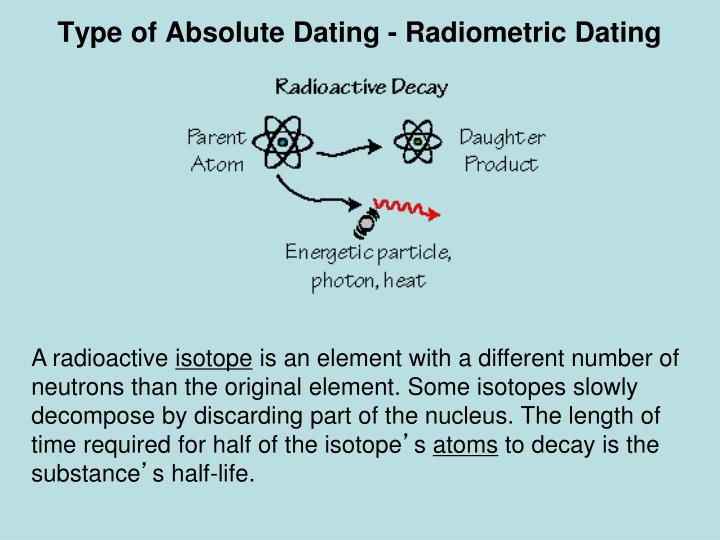
How to solve radiometric dating questions
- By - talenta
- Статьи
- 26.06.2018
- 0
How to solve radiometric dating questions

How to solve radiometric dating questions -
The study team also identified other ancient spruces in Sweden that were between 5, and 6, years old. Problem 4 - Calculate the age of a fossil. Additionally, elements may exist in different isotopes , with each isotope of an element differing in the number of neutrons in the nucleus. This included the neutrons produced at Oklo. For example, after one half-life 0. If the half-life is 5, years, determine the age of the sample. Answer Questions A star in a globular cluster is observed to pulsate with a period of 15 hours. This can be seen in the concordia diagram, where the samples plot along an errorchron straight line which intersects the concordia curve at the age of the sample. The rock is twice the age of the half life number. As far as the 14 billion years of astronomy are concerned and the related 4. This how to solve radiometric dating questions series will help you properly understand radiometric dating, how to solve radiometric dating questions assumptions that lead to inaccurate dates, and the clues about what really happened in the past. More U is found in carbonate rocks, while Th has a very strong preference for granites in comparison. In many cases, the daughter nuclide itself is radioactive, resulting in a decay chaineventually ending with the formation of a stable nonradioactive daughter nuclide; each step in such a chain is characterized by a distinct half-life.How to solve radiometric dating questions. Radiometric dating - Wikipedia
How to solve radiometric dating problemslou
kameristov
This is based on the beta decay of rubidium to strontium , with a half-life of 50 billion years.
